 Thank you to everybody who has made this article possible.
Thank you to everybody who has made this article possible.
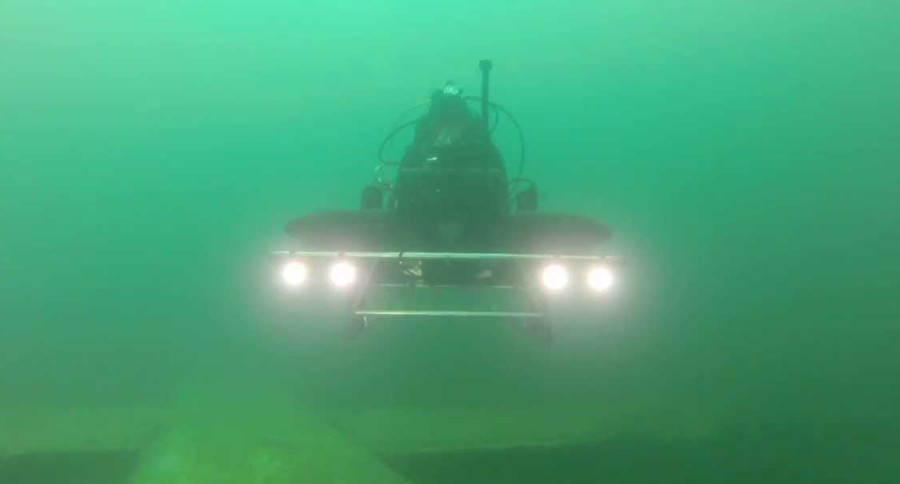
 In spite of navigation being probably the single greatest challenges to underwater operations, development has tended to emphasize the vehicle before the sensors. Traditionally for divers, sensor and navigation systems were subsystems of an SDV (Swimmer Delivery Vehicle), or merely optional add-ons. Many smaller DPVs (Diver Propulsion Devices, hand-held SDVs) has virtually no instrumentation making long range missions underwater unviable. Not only is this changing, but the relationship between navigation systems and SDV is reversing; increasingly SDVs can be seen as an add-on to a navigation system. Nowhere is this more apparent than with Canadian manufacturer SharkMarine (website).
In spite of navigation being probably the single greatest challenges to underwater operations, development has tended to emphasize the vehicle before the sensors. Traditionally for divers, sensor and navigation systems were subsystems of an SDV (Swimmer Delivery Vehicle), or merely optional add-ons. Many smaller DPVs (Diver Propulsion Devices, hand-held SDVs) has virtually no instrumentation making long range missions underwater unviable. Not only is this changing, but the relationship between navigation systems and SDV is reversing; increasingly SDVs can be seen as an add-on to a navigation system. Nowhere is this more apparent than with Canadian manufacturer SharkMarine (website).
MAKO DDS
The Mako DDS (Diver Delivery System) offers a unique combination of capabilities. Sized as a DPD (Diver Propulsion Device, a generic term for top-end military Diver Propulsion Vehicles (DPVs)), the Mako follow a utilitarian sled-like layout with protective frame which belies its biggest difference to other SDVs/DPDs: 5 axis movement (up, down, forward, backward and pitch rotation). This achieved by not one or two thrusters like on other DPDs, but up to eight(!). The actual number is configurable with a typical layout of four thrusters pointing forward-aft and two up-down.
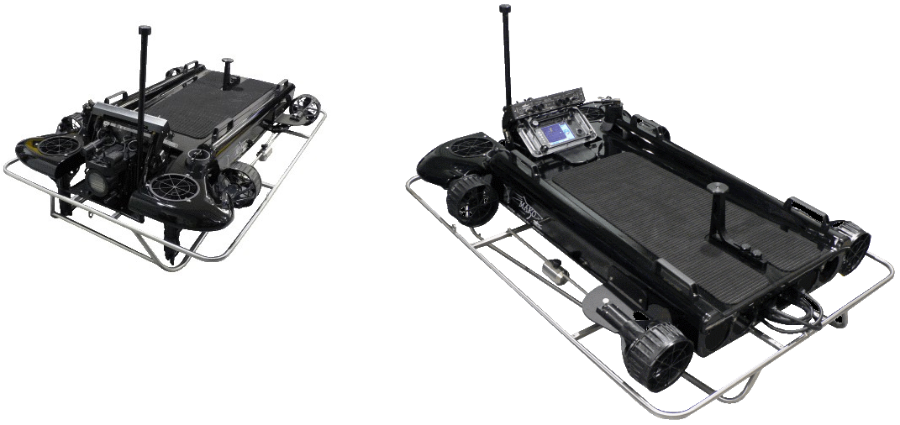
The other outstanding feature is that the brains of the craft (beside the pilot!) is a regular SharkMarine Navigator, a top-end hand-held navigation and sonar system (see Navigator section below). This is why I said that the relationship between navigation systems and SDVs is reversing. It is exactly a regular Navigator and can be detached for hand-held operations. But as well as giving the Mako reliable navigation and sensor capabilities beyond those of virtually any older DPD sized SDV, t also allows semi- autonomous and fully- autonomous operations. The diver can get off and send the Mako on a search, or have it wait for him as he swims inshore.
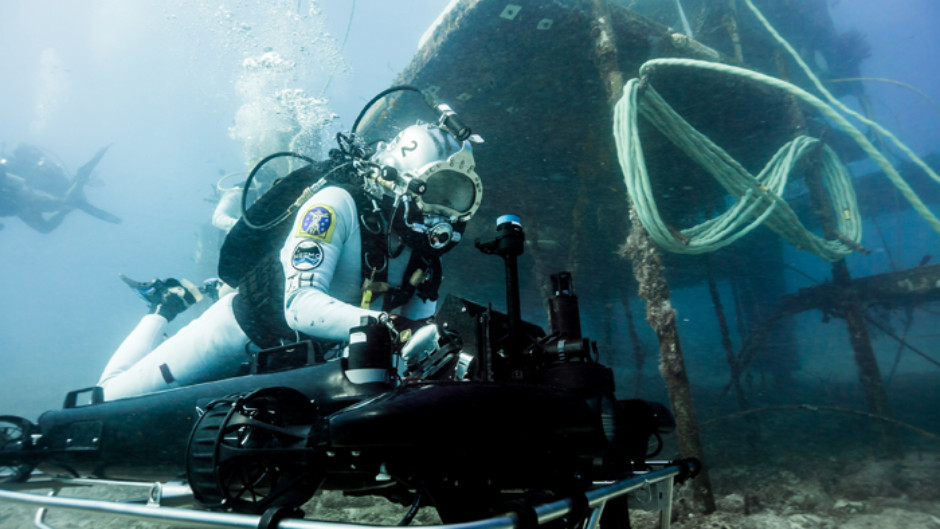
NASA use a MAKO DDS for astronaut training.
Fully-autonomous and semi-autonomous operations includes:
- Goto target
- Multi-waypoint survey routes (e.g. seabed search grid)
- Waypoint routes
- Auto depth
- Auto altitude (above seabed)
- Auto heading
- Station keeping (‘hovering’ with adjustment for currents)
- Hover mode
Another innovative feature of the Mako is that the battery pods are neutrally buoyant and designed such that they can be changed while the craft is in the water. This must massively reduce change-over or charging delays during protracted operations. For longer range missions additional battery pods can be carried on the craft at only a modest impact to load and performance. This concept is only now starting to appear on other craft (e.g. the Ortega SDV Mk.1a).
Mako specifications
Length: 1.86m (6ft)
Beam: 1.25m (4ft)
Height: 0.72m (2.4ft)
Weight: 99.7 kg (220lb) dry, including batteries
Depth rating: 50m (164ft)
Range: 7.5nm
Speed: 2kt
Crew: 1 or 2, plus 4 towed divers
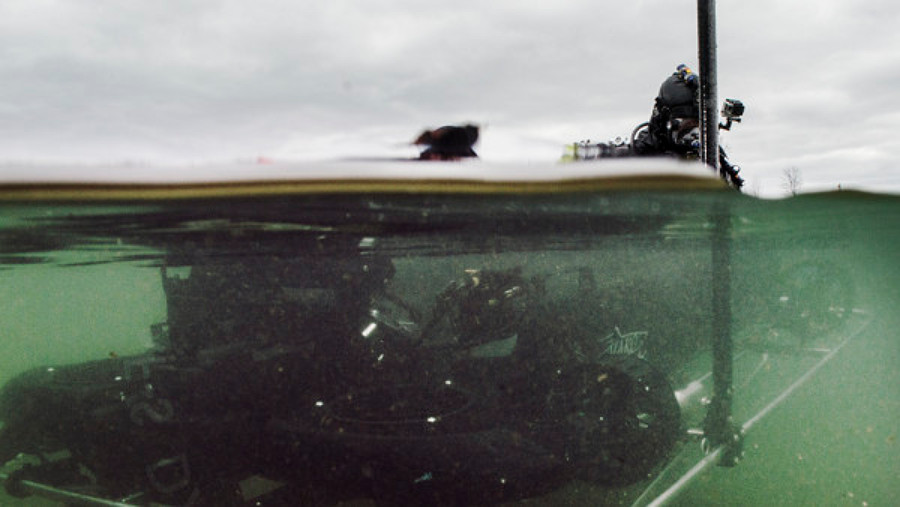
A Police diver testing the MAKO DDS, 2015. Photo by J.T. Lewis.
The Mako is a workhorse. Although it can tow up to four divers, it is relatively short ranged and slow. So despite its load carrying capability it is not comparable to larger SDVs for classic sub-to-shore missions. But that is not the point because the autonomous capabilities and wide range of sensor options (see Navigator below) make it particularly suited to Clearance Diver (underwater E.O.D) missions.
MAKO RECON
Information about the Special Forces optimized ‘RECON’ version of the MAKO is limited. It is in the mould of the original MAKO with a sled-like form, relatively slow with no watershield and multiple thrusters for 5-axis maneuverability and autonomous capabilities. But it is optimized for covert transport and ISR (intelligence surveillance and reconnaissance) missions.
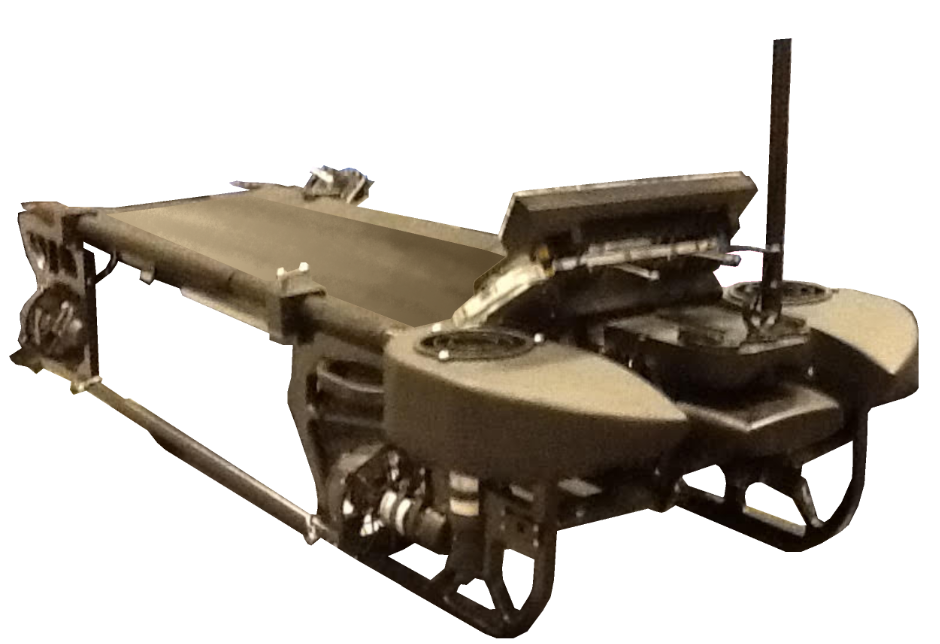
The ultimate book of Special Forces subs Covert Shores 2nd Edition is the ONLY world history of naval Special Forces, their missions and their specialist vehicles. SEALs, SBS, COMSUBIN, Sh-13, Spetsnaz, Kampfschwimmers, Commando Hubert, 4RR and many more.
Check it out on Amazon
NAVIGATOR
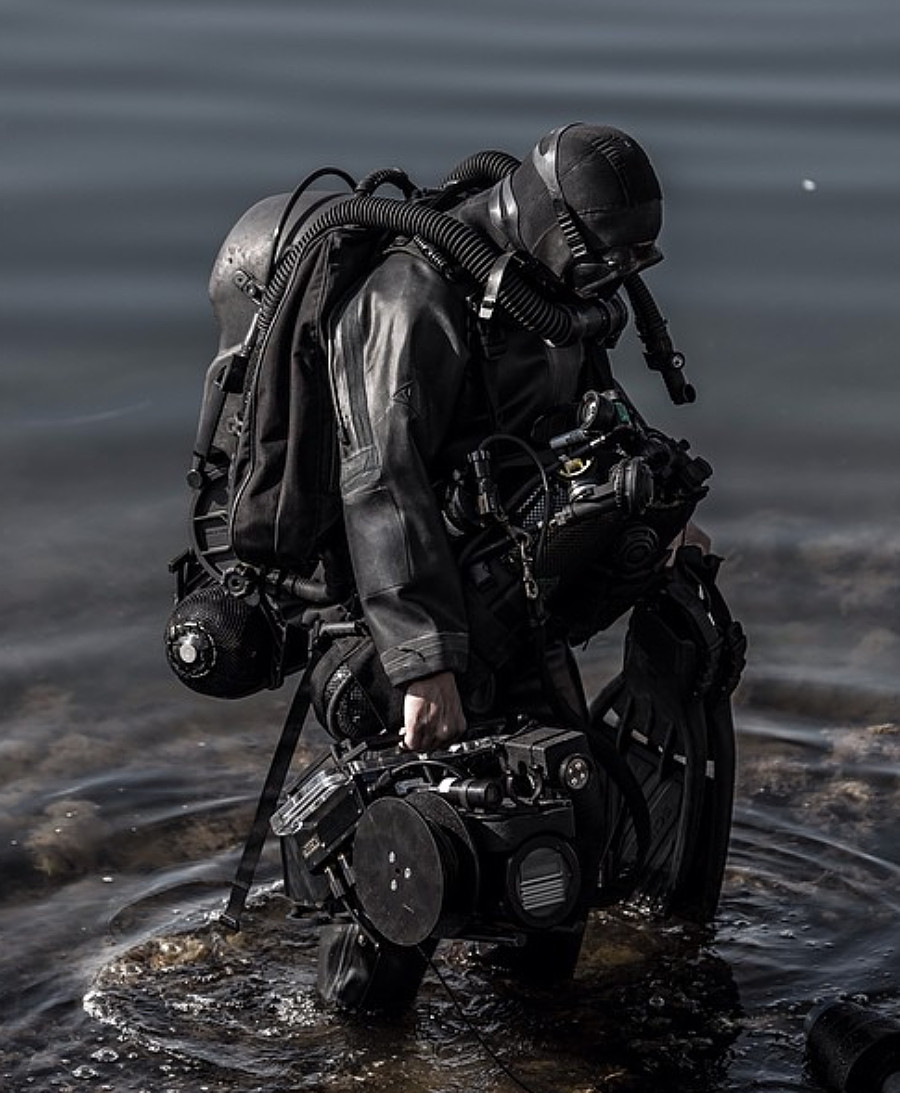
Swedish Clearance Diver (Rojdykare) with SharkMarine Navigator
The backbone of SharkMarine’s product range is he successful Navigator diver board. The top-end military product is popular with Clearance Divers and is even used by some police dive teams for underwater search using the sonar.
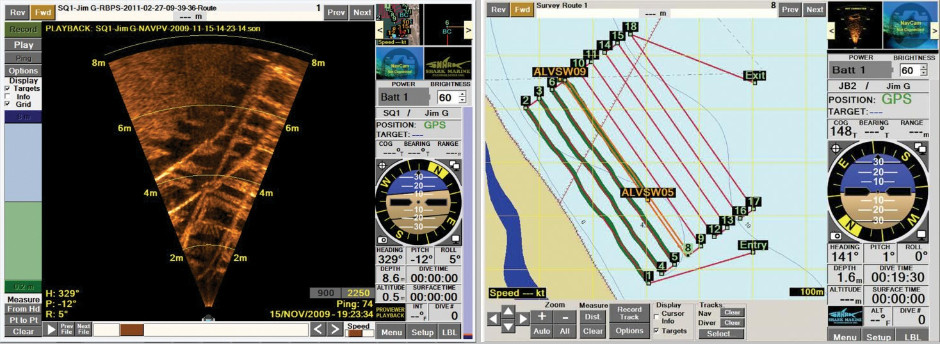
Sonar scan (Left) and seabed search tracking (right) displays
The system consists of a core navigation board with inbuilt advanced dead-reckoning navigation and basic instrumentation, presented through a large pressure-resistant flat screen interface. The system comes with an array of add-on sensors including:
- Pole mounted GPS receiver
- Floating GPS receiver
- Surface GPS receiver
- Doppler Navigation System (DNS)
- Long Base Line (LBL) navigation using temporary underwater beacons
- P-450 long range sonar. Capable of between 45-130 degrees field of view and 250m range
- P-900 medium range sonar. Capable of between 45-130 degrees field of view and 100m range
- P-900-2250 medium range sonar. Per P-900 plus 2.25Mhz frequency with 8m range
- Magnetic anomaly detector
- MAG-PRO Overhauser Proton magnetometer
- Radiation detector
- Sonar Altimeter. Can be used to detect buried objects
- Multi-beam bathymetric profiler
- Ebinger 725K metal detector
- Starfish side scan sonar
- Underwater Head-mounted display (UHMD) for poor visibility or discrete reading of the navigator screen
- NAVCAM underwater camera
- Sub-NET underwater communications
- Pole mounting for over-the-side boat operations
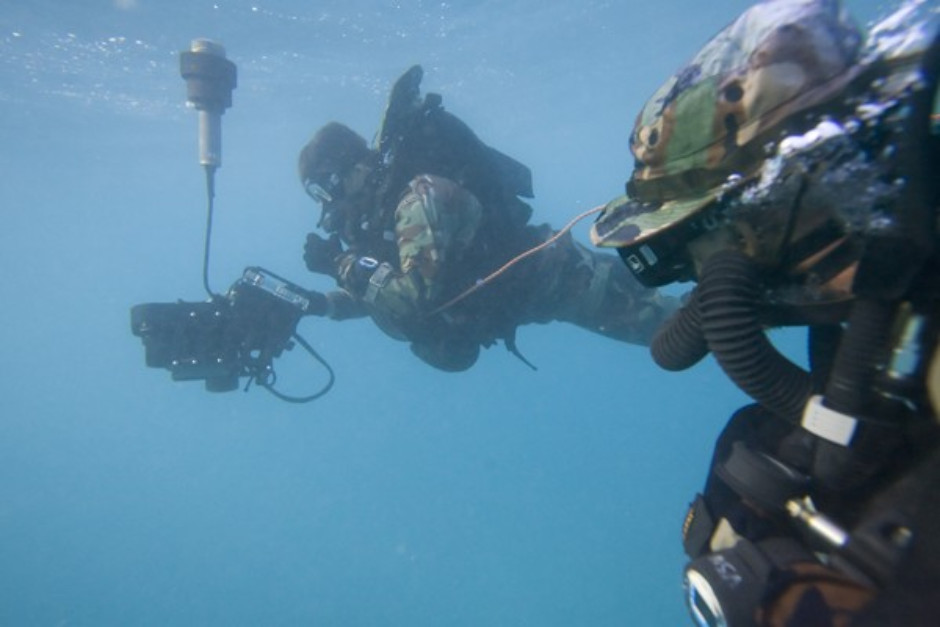
Dutch Divers with SharkMarine Navigator
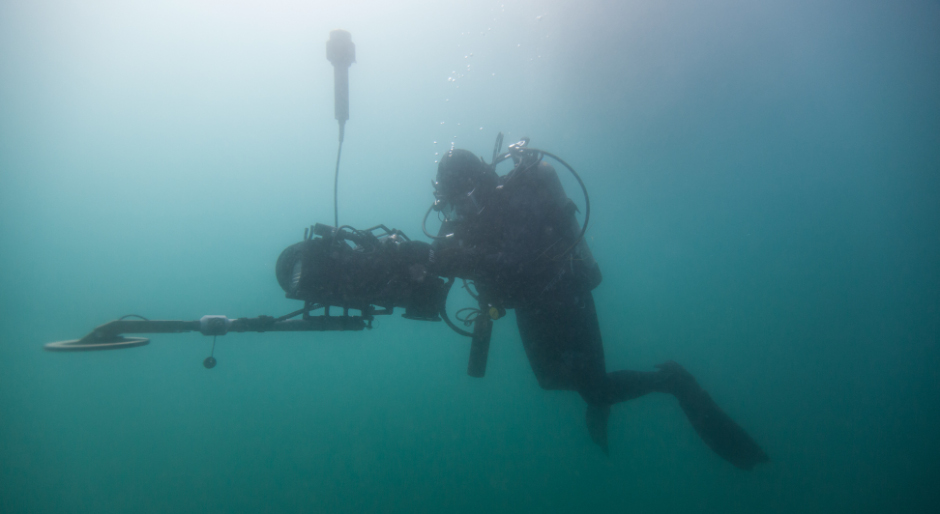
SharkMarine Navigator with 725K metal detector fitted
The SharkeMarine Navigator is also used by the Diver Adaptable Autonomous Propulsion Vehicle (DAAPV)
EagleRay
Simpler than the MAKO, the EagleRay amounts to a Navigator with minimalist propulsion added.
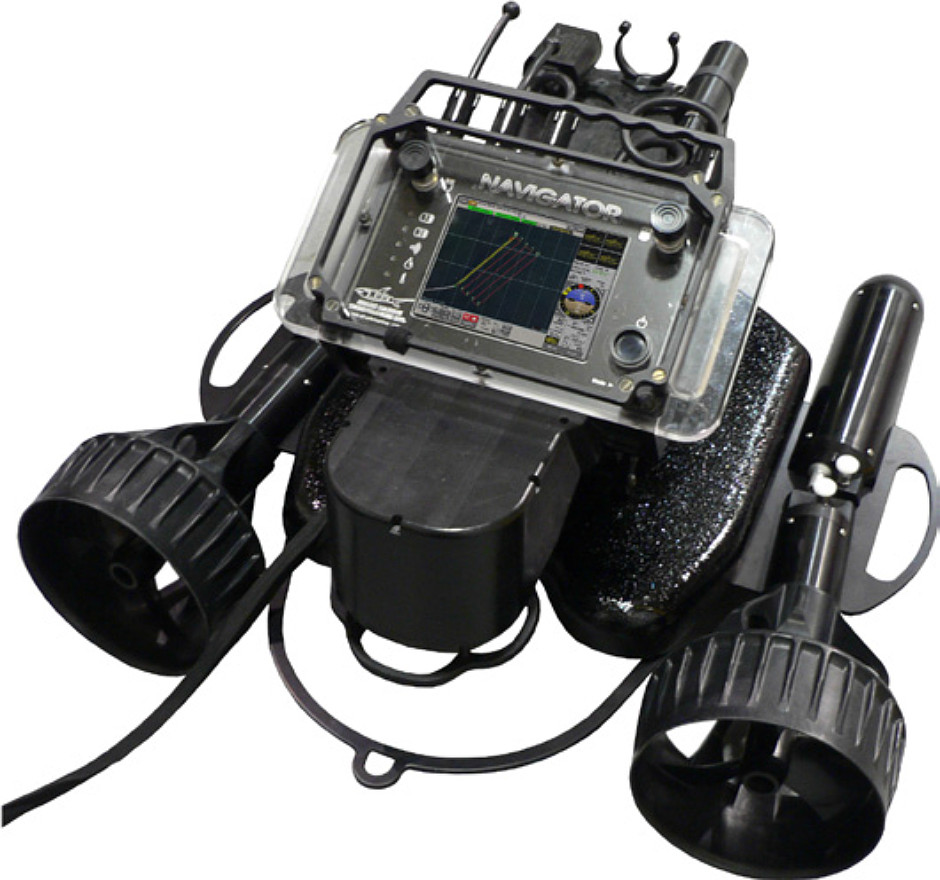
Dive Tablet
SharkMarine offer a lower cost, lightweight version of the Navigator as the Dive Tablet. This is a simpler product which still allows accurate underwater positioning using advanced dead reckoning and GPS. It retains mapping functionality, underwater communications, geo-reference photos and video.
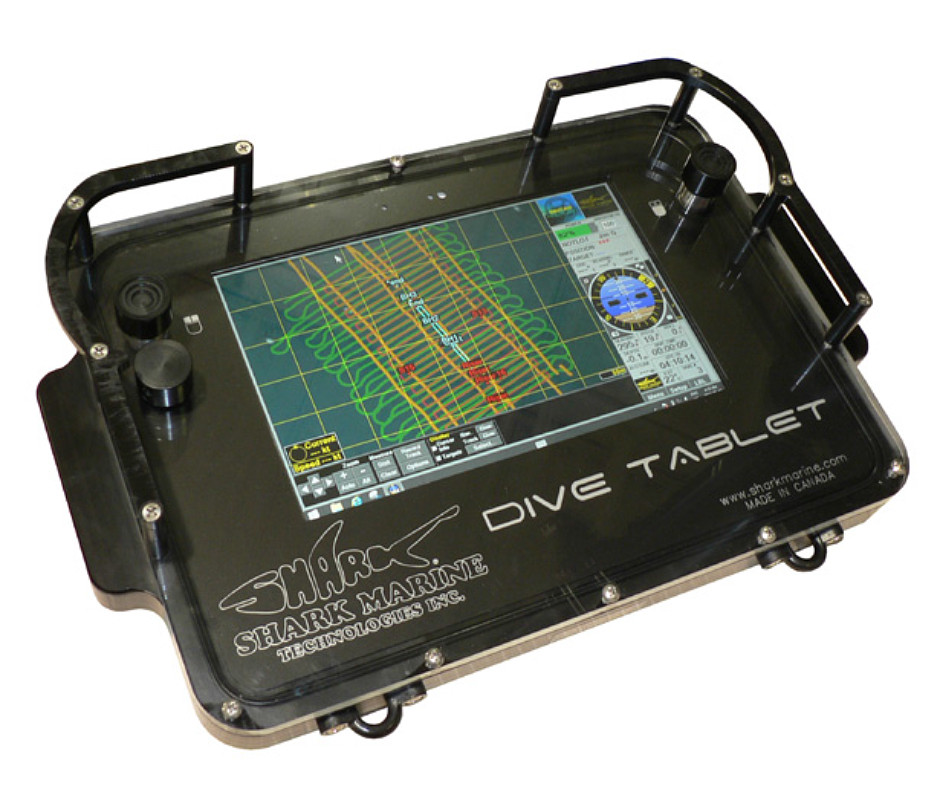
Related articles

 Diver Adaptable Autonomous Propulsion Vehicle (DAAPV)
Diver Adaptable Autonomous Propulsion Vehicle (DAAPV)

 Proteus advanced SDV
Proteus advanced SDV

 Rotinor BlackShadow 730 and Divejet 414 Diver Propulsion Vehicles
Rotinor BlackShadow 730 and Divejet 414 Diver Propulsion Vehicles

 P3M JetBoots Diver Propulsion System
P3M JetBoots Diver Propulsion System


 TorpedoSEAL Diver Propulsion Device
TorpedoSEAL Diver Propulsion Device

 Gabler Sea Devil Swimmer Delivery Vehicle
Gabler Sea Devil Swimmer Delivery Vehicle

 Bonex HP and HP Shuttle Diver Propulsion Vehicles
Bonex HP and HP Shuttle Diver Propulsion Vehicles

 Vogo DPD-200 diver propulsion device
Vogo DPD-200 diver propulsion device

 Ortega Mk.1 Swimmer Delivery Vehicle
Ortega Mk.1 Swimmer Delivery Vehicle

